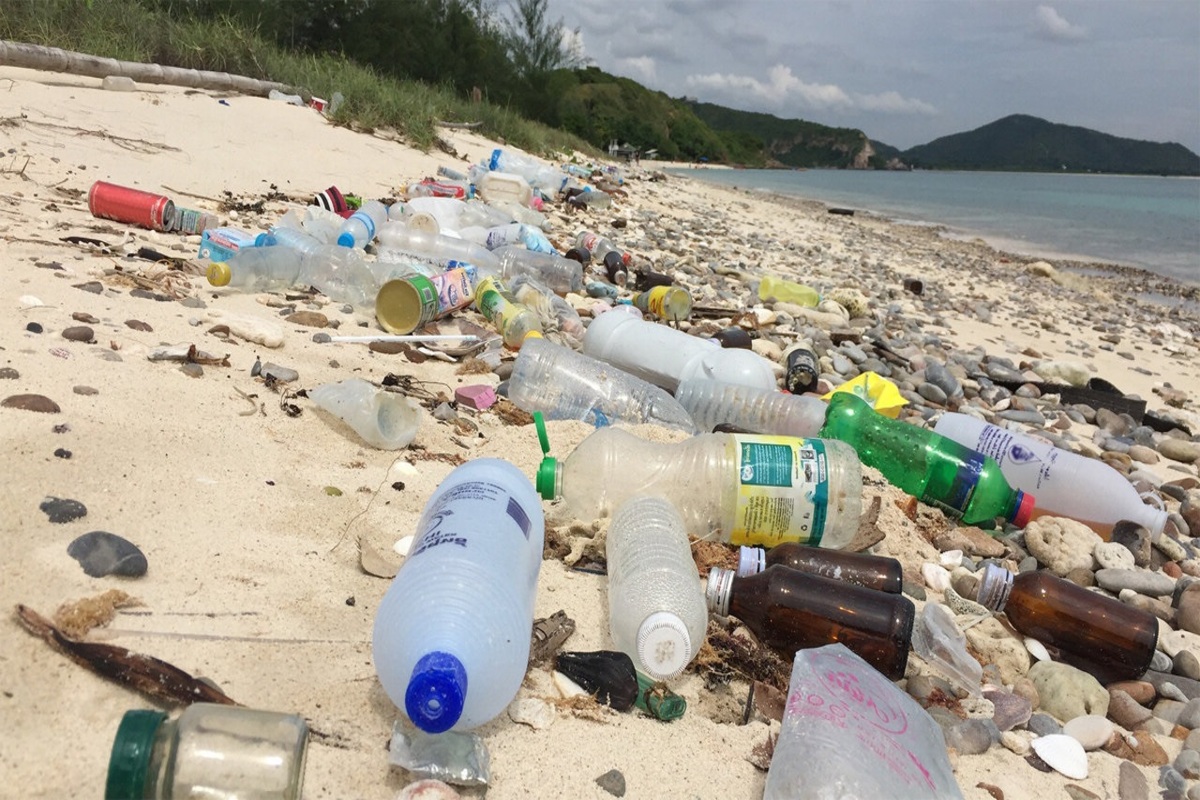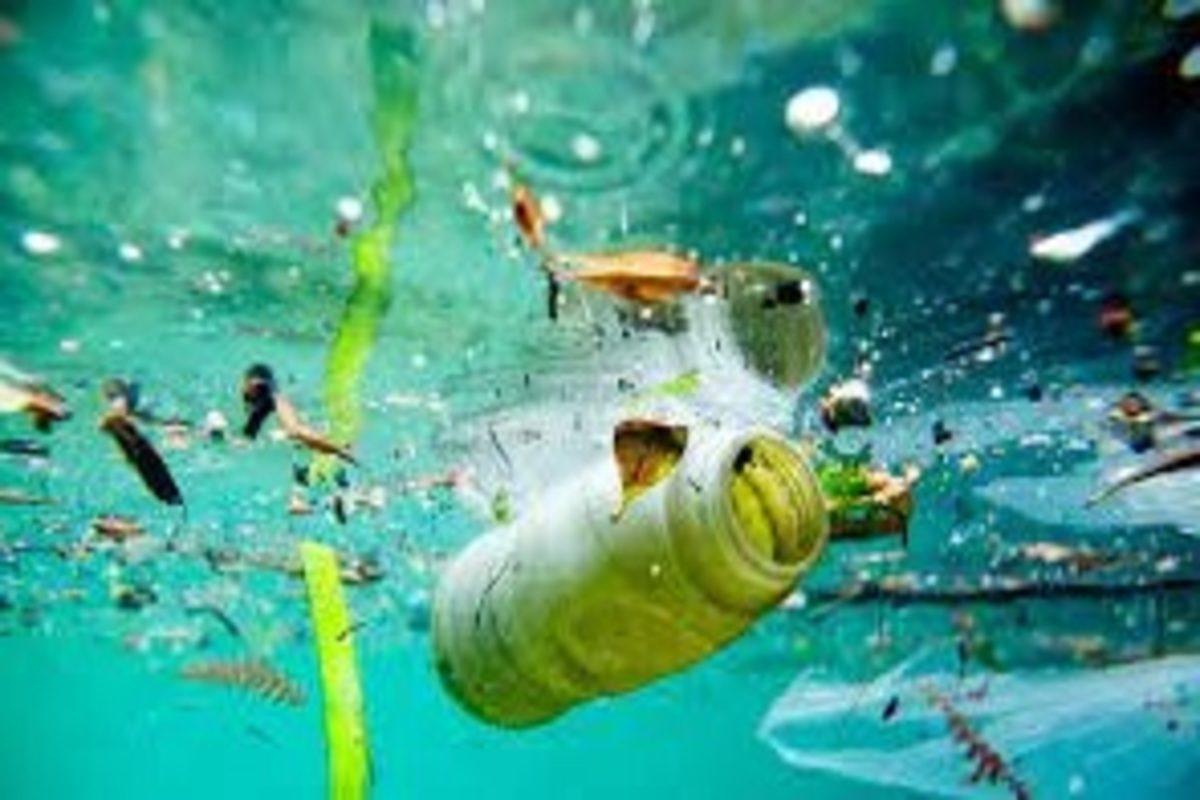Ocean Plastic Contamination: A Nature Geoscience study reveals that land-to-ocean plastic contamination may be smaller than anticipated.
Researchers estimate that 500,000 metric tons of plastic enter the water each year, half from land. Old fishing nets, ropes, and gear make up the other half.
A 2015 research found that rivers dump eight million metric tons of plastic annually into the ocean. Despite these promising findings, the issue is more complicated. The study found a 4% annual growth in ocean plastic.
The modest amount of plastic added year is a tremendous concern. The study’s authors predict that ocean plastic will double in 20 years. The author of Forschungszentrum Jülich, postdoctoral researcher Mikael Kaandorp, said, “Plastics are slowly building up in our environment.”
Plastic pollution harms humans and marine life. Marine animals entangled in abandoned gear and packing can die. Plastic in animals’ guts makes them sick or starve. Fish eaters may consume microplastics. They often carry poisons.
Plastic trash affects more than the seas. Plastic debris that doesn’t reach the ocean pollutes rivers, lakes, beaches, and land.
The 2015 study was the first to estimate ocean plastic trash. The ocean has much less plastic than the projected 8 million metric tons. This distinction has been studied since then.
The Monday study analyzed previous research. It examined net trawl plastic and giant plastic visible from ships and coastlines. The researchers predicted how much plastic would be poured into the ocean each year and how much would float on top by entering this data into a computer model of the water’s movement.
Marine animals can eat most floating plastic garbage in the water.


READ MORE: Renowned Opera Singer: Husband Plead Guilty in Sexual Assault Case
The analysis found 3.2 million metric tons of plastic floating on the sea in 2020. The study found that offshore pollution persists on the surface longer than expected.
It’s hard to remove plastic from the ocean. Picking up plastic waste could harm sea life, making it logistically and environmentally difficult. People also add to global plastic.
Dr. Kaandorp discussed how his study calculated how much plastic is still piling up, underlining the need to act now. “It shows how important it is to take action,” he remarked. “Removing plastics from the seas will take a lot of work.”
Countries started drafting a global plastic pollution treaty this year, a significant accomplishment.
Marcus Eriksen, one of the founders of 5 Gyres, lamented policy inaction on plastic waste. He published a March study estimating ocean plastic. His analysis found that this type of pollution has worsened rapidly since 2005.
Eriksen said the planned U.N. treaty could limit plastic manufacture, make producers recycle more, and enforce the law. He stated, “The U.N. treaty could make a big difference in this way.”
Also Read: Teddy Bridgewater Joins Detroit: Lions Roar with Excitement in Bold QB Move
Our Reader’s Queries
How harmful is plastic in the ocean?
Plastic waste in the ocean harms and fatally wounds fish, seabirds, and marine mammals. Marine plastic pollution has affected a minimum of 267 species globally, which includes 86% of sea turtle species, 44% of seabird species, and 43% of marine mammal species.
What is the biggest problem with plastic in the ocean?
Plastic waste harms marine life through ingestion and entanglement, leading to serious injuries and death. This pollution also poses a threat to food safety and quality, human health, coastal tourism, and contributes to climate change.
What is causing the plastic pollution in the ocean?
The main culprit behind ocean plastic pollution is ‘Mismanaged plastic waste’, where plastic litter is not properly disposed of through recycling or incineration, but is instead carelessly thrown into the environment and left uncleared.
What is the most polluted ocean by plastic?
Named the Great Pacific Garbage Patch, the largest one is a swirling mass of plastic waste in the north-central Pacific Ocean. This massive accumulation of plastic debris holds the title for the largest in the world.

